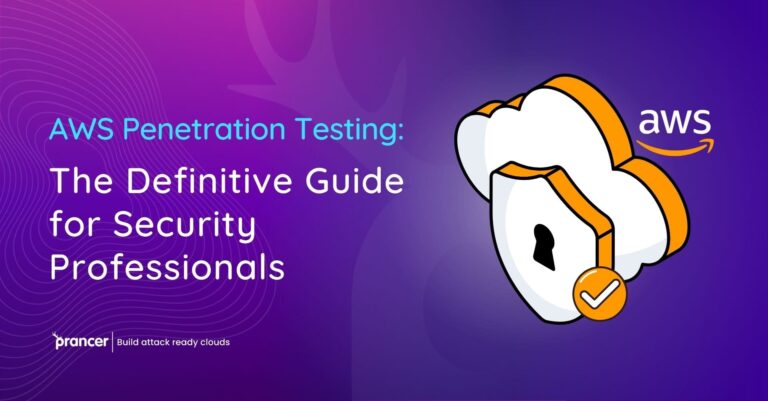

In today’s interconnected digital landscape, the threat of cyber attacks is ever-present. Drive-by cyber attacks pose a significant risk to the security of your applications and can lead to devastating consequences. This article focuses on the importance of automated security and application security in defending against attacks. Discover how Prancer’s cutting-edge solutions can help fortify your application security and protect your digital assets.
Drive-By Cyber Attacks Explained: Drive-by cyber attacks involve malicious actors exploiting vulnerabilities in websites or applications to deliver malware to unsuspecting users. These attacks often occur through compromised or malicious webpages, and the users become victims simply by visiting the infected sites. Robust application security measures, including automated security solutions, are essential for preventing and mitigating the impact of attacks.
The Power of Automated Security: Automated security solutions offer a proactive approach to detecting and mitigating drive-by cyber attacks. By leveraging advanced algorithms and real-time threat intelligence, these tools can identify and block malicious activities before they compromise your applications. Prancer, a leading provider of automated security solutions, equips businesses with the necessary tools to strengthen their application security against drive-by cyber attacks.
As drive-by cyber attacks continue to evolve and pose a significant threat to application security, businesses must prioritize implementing robust security measures. By embracing automated security solutions like Prancer, you can proactively defend against attacks, safeguard your applications, and protect your digital assets. Stay one step ahead of cybercriminals and fortify your application security with Prancer’s advanced automated security solutions.
